43 examples of nutrient claims on food labels
› en › healthy-livingFront-of-pack nutrition labelling | Eufic Jul 08, 2022 · The green (low) and amber (medium) thresholds are defined by the EU Reg 1924/2006 on nutrition and health claims that allow labelling foods as low in fats, sugars and salt. In turn, the red (high) cut-off is based on whether the nutrient provides >22% of the reference intake value per 100 g / ml. FDA proposes updates to 'healthy' claim on food packages | CNN About 5% of foods are labeled as being healthy, which is a regulated claim. Foods that make the claim have limits on individual nutrients like fat, saturated fat, cholesterol and sodium, and they ...
› regulatory-information › search-fdaGuidance on Substantiation for Dietary Supplement Claims (1) The Office of Nutrition, Labeling, and Dietary Supplements in FDA's Center for Food Safety and Applied Nutrition prepared this guidance document. (2) Under section 403(r)(6)(A) of the Act (21 ...
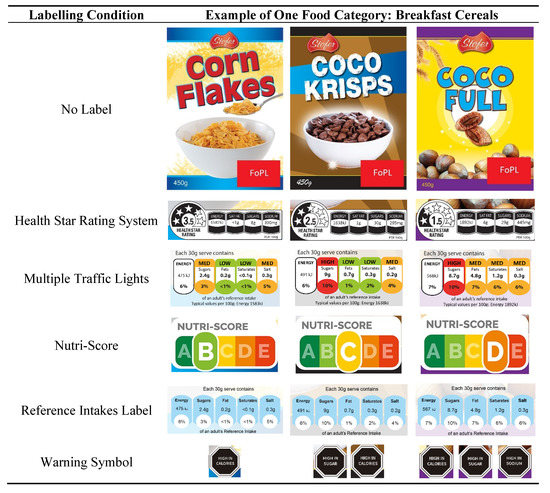
Examples of nutrient claims on food labels
Nutrition and health claims - EU labelling rules - Your Europe you can prove that your product complies with the official definition the product complies with the conditions for making the nutritional claim (example: 'salt-free' can be used only if the product contains less than 0.005 g of sodium per 100 g) Nutrition claims authorised under EU law Health claims How to Read Food Labels: Your Complete Consumer Guide It's the most important of the three and applies to highly perishable products like fresh meats, milk, poultry, and salad blends — all examples of foods that can pose health risks when they get too old. Most foods can still be eaten safely after the expiration date, though how long after depends on the product and how it's been stored. Consumers' Interpretation of Food Labels with Production Claims Can ... Food labels—such as labels that describe chicken as raised without antibiotics or using organic farming methods, canned tuna as sustainable, and beef as grass-fed—can inform consumers about animal-raising claims or other attributes that are difficult for consumers to verify independently.
Examples of nutrient claims on food labels. FDA Proposes to Update Definition for "Healthy" Claim on Food Labels September 28, 2022. The U.S. Food and Drug Administration today issued a proposed rule to update the definition of the nutrient content claim "healthy.". The "healthy" claim can act as a ... Nutrition and health claims on labels and in food advertising Most of the permitted health claims relate to a specific ingredient or nutrient; some claims relate to a food, for example "dried plums contribute to normal bowel function" or "sugar-free chewing... › articles › s43016/021/00381-yFood Compass is a nutrient profiling system using expanded ... Oct 14, 2021 · Testing and validation using NHANES. 5). Among 12 major food categories, the FCS varied from 17.1 ± 17.2 for savoury snacks and sweet desserts to 81.6 ± 16.0 for legumes, nuts and seeds (Fig. 2 ... FDA Food Product Labeling & Packaging Requirements - ESHA Food Product Labeling and Packaging 101. The FDA regulates most packaged foods sold in the United States and has specific requirements for what elements a package must contain (e.g. a Nutrition Facts panel, ingredient statement, etc.). In order to sell your food products, you must comply with the FDA's packaging laws unless your operation is ...
Here's How You Can Decipher Food Label Claims | Banner Health For example, Florek has seen claims for GMO-free water. He also pointed out that GMO foods aren't necessarily bad for your health. In fact, golden rice, a genetically engineered grain that contains vitamin A, has helped people who live in places where vitamin A deficiency is common. The claim: Excellent source/Good source How to Read a Nutrition Label, According to Dietitians Serving Size. When you're figuring out how to read a nutrition label properly, you'll need to first reference the food's serving size — typically listed in cups or pieces and the number of grams — and the number of servings in a package (aka servings per container). You might think the serving size on a nutrition label is the amount of that ... Nutrition and Food Labels for Children - Healthier, Happy Lives Blog Kalami recommends focusing on verified claims. "If you ever see on the front label of a package that the food is a 'good source of fiber' or a 'good source of iron' or vitamin C, or you see the term 'may support heart health,' these are actually phrases that are backed by data and science and are government-regulated terms." Food Labels | CDC - Centers for Disease Control and Prevention For example, one brand of tomato sauce may have more calories and sugar than another brand for the same serving size. In general, eat more foods that are higher in vitamins, minerals (such as calcium and iron), and fiber. Eat fewer foods that are higher in added sugars, saturated fat, and sodium (salt), and avoid trans fat.
Food Labeling & Nutrition | FDA Food labeling is required for most prepared foods, such as breads, cereals, canned and frozen foods, snacks, desserts, drinks, etc. Nutrition labeling for raw produce (fruits and vegetables) and... › nutritionsource › food-labelUnderstanding Food Labels | The Nutrition Source | Harvard T ... The FDA has approved 12 health claims on food labels such as the relationship between calcium and osteoporosis; sodium and hypertension; fiber-containing grains, fruits and vegetables and cancer; and folic acid and neural tube defects. However, just because a food contains a specific nutrient that is associated with a decreased risk of disease ... The Basics of the Nutrition Facts Label - Academy of Nutrition and ... Step 4: Check Out the Nutrition Terms. Low calorie: 40 calories or less per serving. Low cholesterol: 20 milligrams or less and 2 grams or less of saturated fat per serving. Reduced: At least 25% less of the specified nutrient or calories than the usual product. Good source of: Provides at least 10 to 19% of the Daily Value of a particular ... 13 Misleading Food Label Claims and How Not to Be Tricked - Sentient Media Meals and main dishes should include 120 calories or less per 100 grams of food. 6. Label Says "Low-Carb" The FDA does not have any guidelines for the labeling of foods as low-carb. For this reason, the label can be used on virtually any product. 7. Label Says "Low-Fat"
Nutrient Content Claims | FDA - U.S. Food and Drug Administration Nutrient Content Claims. See Claims That Can Be Made for Conventional Foods and Dietary Supplements for definitions of claims. Final Rule: Food Labeling: Nutrient Content Claims; Alpha-Linolenic ...
Nutrition Labelling and Claims - The Canadian Sugar Institute For example, sugar (sucrose) from sugar cane or sugar beet has the same chemical make-up as the sucrose found in all fruits and vegetables and is used as a source of energy by the body in the same way. Among the changes to the Nutrition Facts table, The % Daily Value (DV) for Carbohydrate has been removed;
How to Read a Nutrition Facts Label | Everyday Health In the bottom portion of the nutrient label are the main vitamins and minerals that are required to be included: vitamin D, calcium, iron, and potassium. "The updated nutrition facts label includes...
What the new FDA 'healthy' definition means for food labeling ... The proposed update will ensure that food labels with "healthy" content claims are better aligned with current nutrition science, the updated Nutrition Facts label and the current Dietary Guidelines for Americans. For example, foods like salmon, despite having higher fat content, can now be labeled as "healthy," as it is a nutrient ...
19 popular nutrition claims (some are false!) - Leesa Klich Coffee increases your risk of cancer Alcohol increases your risk of cancer Beer is a good source of B-vitamins Melatonin supplements are safe and effective Multivitamins are simply "expensive pee" producers and have no health benefits whatsoever Turmeric is a miracle medicinal plant There are no nutrient deficiencies in North America now
› en › healthy-livingHow Can I Eat More Nutrient-Dense Foods? | American Heart ... Nov 02, 2021 · Even the trusty Nutrition Facts label, for example, draws attention to the calories and fat content at the top.One study found that consumers tend to read only the first five components (servings, calories, total fat, saturated fat and trans fat) of the Nutrition Facts label.5 To identify nutrient-dense foods we need to be sure to read further down the label to the other beneficial nutrients ...
FDA proposes voluntary 'healthy' food label claim However, foods must meet specific nutrient-related criteria to use the nutrient content claim "healthy." On September 28, 2022, the FDA issued a proposed rule to update the definition of the nutrient content claim "healthy," which was set in 1994. The existing definition has limits for total fat, saturated fat, cholesterol and sodium ...
inspection.canada.ca › food-labels › labellingNutrient content claims - Canadian Food Inspection Agency Comparative nutrient content claims. Conditions for use of comparative nutrient content claims; Comparative claims for vitamin and mineral nutrients; Reformulated products and similar reference foods; Example: steps for evaluating "reduced in fat" Nutrient content claims on foods intended solely for children under two years of age. Advertising ...
8 misleading food marketing labels | AGDAILY Because only sodium and potassium nitrate and nitrite are considered to be curing agents, processed meats that are cured using naturally occurring nitrates and nitrites derived from sea salt, celery or beets or some other vegetable or fruit naturally high in nitrate are required to be labeled as "uncured."
› foodlaw › processingsectorPackaging, Labeling, Transporting, Storing — Food Law Nutrition Claims: "a claim on a food product that directly or by implication characterizes the level of a nutrient in the food (e.g., "low fat," "high in oat bran," or "contains 100 calories")." Health Claims: "any claim made on the label of a food that expressly or by implication characterizes the relationship of any substance to a disease or ...
Child Nutrition (CN) Label/Product Formulation Statements / Menu ... Manufacturers are allowed to state this contribution on their labels. The program also provides a warranty against audit claims for purchasers of CN-labeled products. General Information. Food and Drug Administration's New Nutrition Facts Label [ 3 MB ] — A Division of Food, Nutrition and Wellness Training
Food Labeling: Nutrient Content Claims; Definition of Term "Healthy" Under the existing regulation, there are specific criteria for individual nutrients that must be met in the food for it to bear the claim, including limits on total fat, saturated fat, cholesterol, and sodium, and minimum amounts of nutrients whose consumption is encouraged, such as vitamin A, vitamin C, calcium, iron, protein, and dietary fiber.
Label Claims for Food & Dietary Supplements | FDA Types of Claims Definitions, Guidance, Regulatory Information, and Permitted Claims FDA Modernization Act of 1997 (FDAMA) Health and Nutrient Content Claims Health Claims That Meet Significant...
17 Misleading Food Labels Designed To Influence What You Buy - heydayDo 3. Labeling things with artificial ingredients as "natural". This happens a lot as you might imagine. Again, food makers trying to make junk seem like it's actually healthy for you, this time by tying your image of nature to something they created in a factory lab. 4. Using healthy-sounding food labels.
Understanding Food Nutrition Labels and Health Claims - Verywell Fit This number is calculated for each nutrient and based on a daily intake of 2,000 calories for general nutrition advice. 4 For fat, cholesterol, and sodium the daily intake is a "less than" value as you are encouraged to stay under the daily value. For other nutrients, it is an "at least" value. If the label has less than 5% of the daily value ...
Label Claims for Conventional Foods and Dietary Supplements Examples include simple percentage statements such as "40% omega-3 fatty acids, 10 mg per capsule," and comparative percentage claims, e.g., "twice the omega-3 fatty acids per capsule (80 mg) as in...
Consumers' Interpretation of Food Labels with Production Claims Can ... Food labels—such as labels that describe chicken as raised without antibiotics or using organic farming methods, canned tuna as sustainable, and beef as grass-fed—can inform consumers about animal-raising claims or other attributes that are difficult for consumers to verify independently.
How to Read Food Labels: Your Complete Consumer Guide It's the most important of the three and applies to highly perishable products like fresh meats, milk, poultry, and salad blends — all examples of foods that can pose health risks when they get too old. Most foods can still be eaten safely after the expiration date, though how long after depends on the product and how it's been stored.
Nutrition and health claims - EU labelling rules - Your Europe you can prove that your product complies with the official definition the product complies with the conditions for making the nutritional claim (example: 'salt-free' can be used only if the product contains less than 0.005 g of sodium per 100 g) Nutrition claims authorised under EU law Health claims
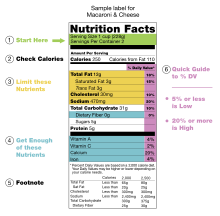
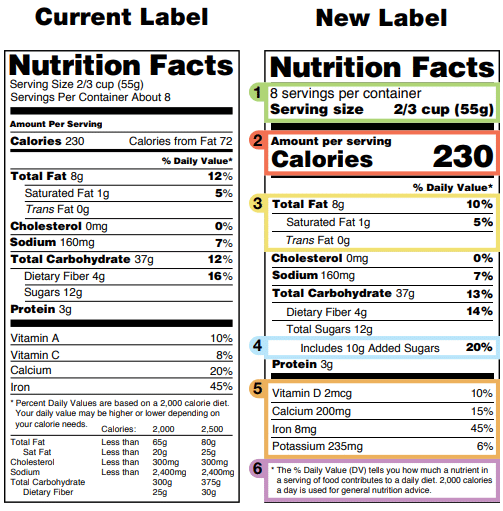
:no_upscale()/cdn.vox-cdn.com/uploads/chorus_asset/file/3648106/quaker-oats-heartlabel.0.jpg)
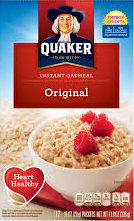
:no_upscale()/cdn.vox-cdn.com/uploads/chorus_asset/file/3650624/quakerlabel-shelf.0.jpg)








:max_bytes(150000):strip_icc()/juicy-juice-no-sugar-400x400-b1fb04c46e9e4c8392ce8881614c021a.jpg)


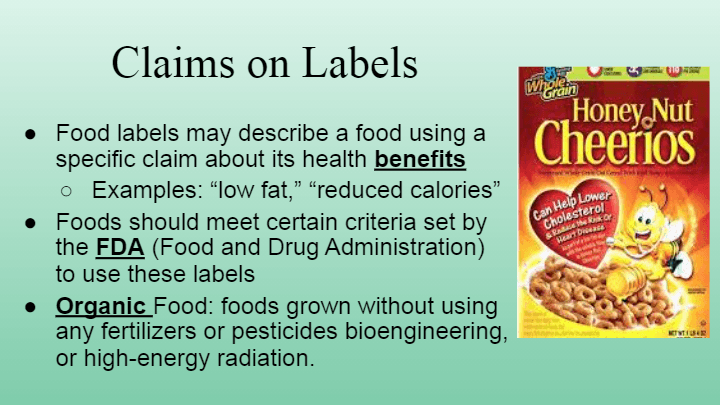






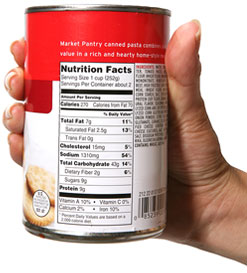




.jpg)





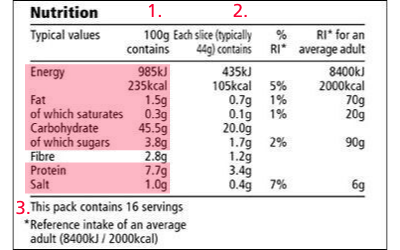

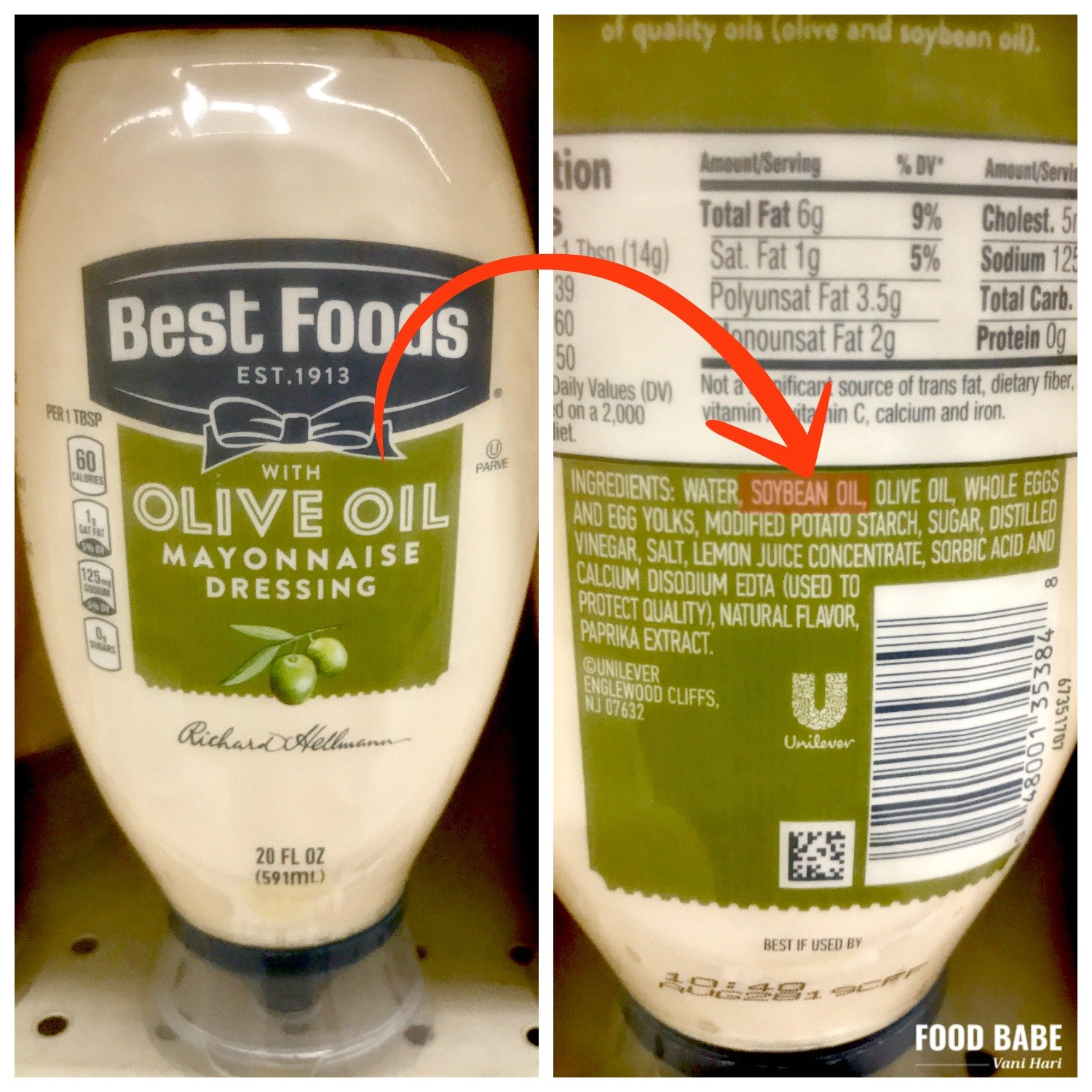

Post a Comment for "43 examples of nutrient claims on food labels"